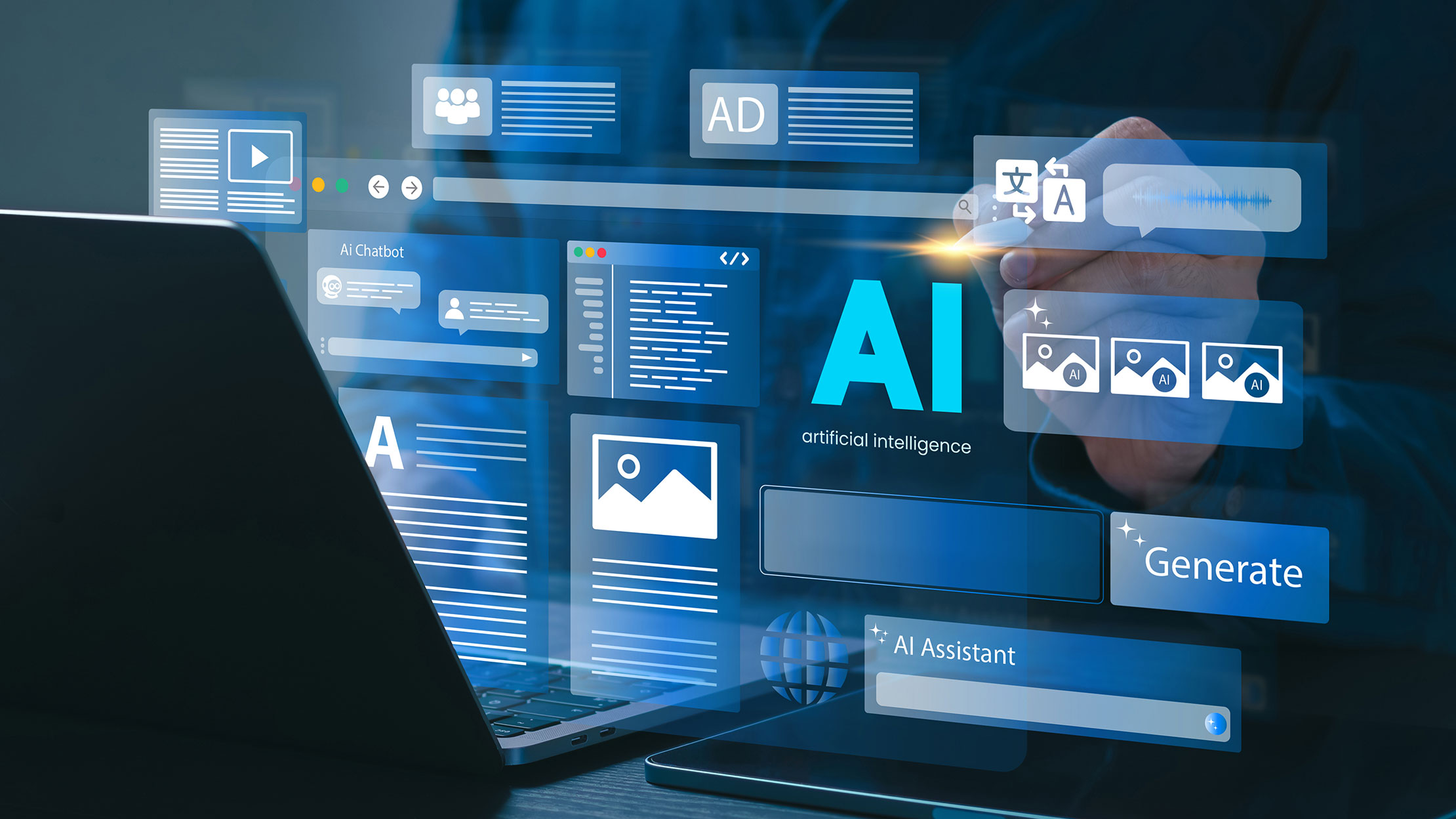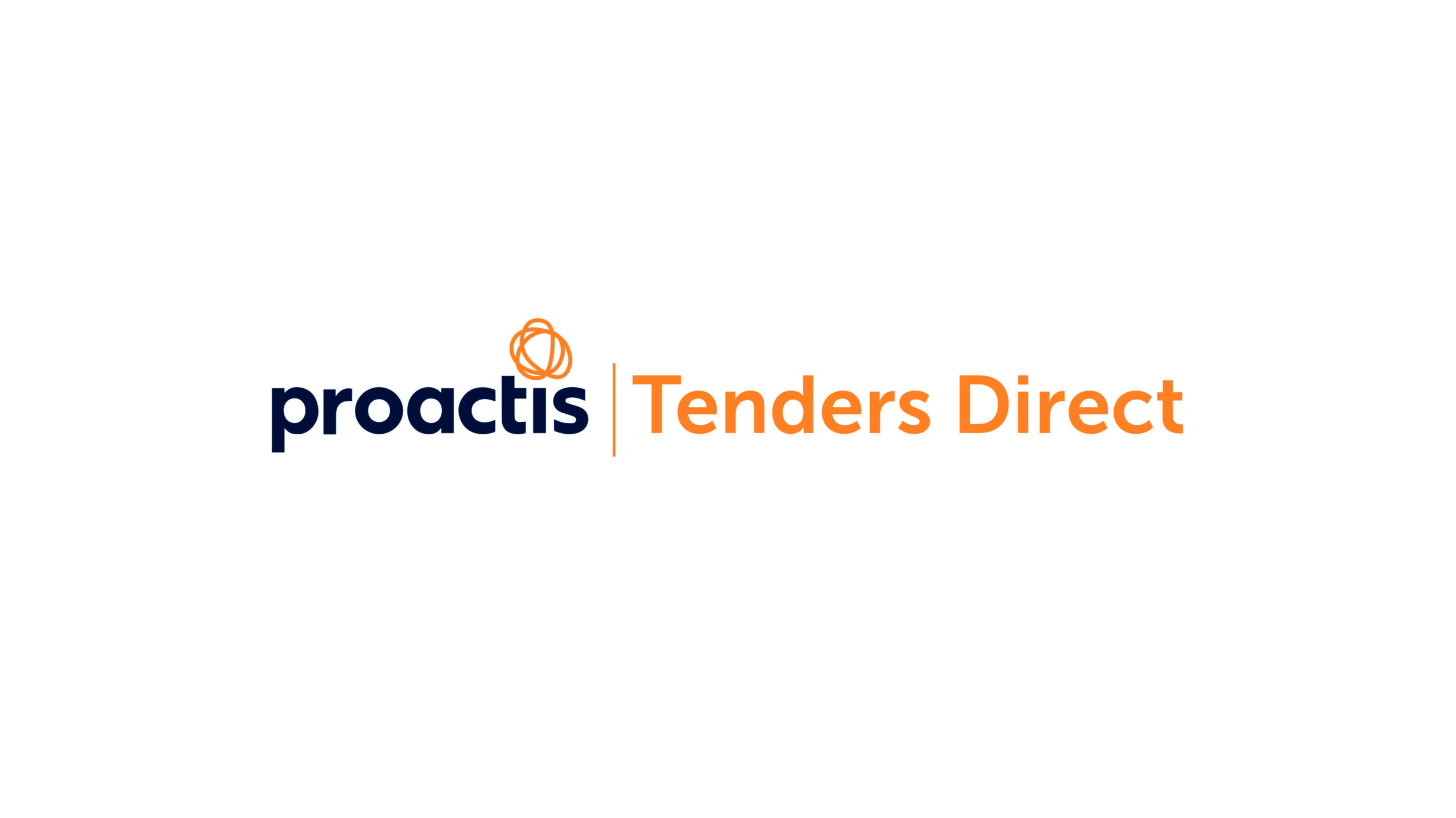
Design jargon explained
By Ben Walker on 15 November 2017
Don’t know your brand from your logo? Not a clue what SEO is? Do words like kerning and leading sound like a foreign language to you? Don’t panic.
Whether you’re writing a design brief or are a new designer, we’ve created a comprehensive list of design jargon to help you make sense of design terms you might come across.
Firstly, having a good grasp of basic design and advertising terminology will stand you in good stead when reading or writing design-oriented content (say, for example, a design brief):
Brand
While many people refer to a brand as a logo, a brand is actually much larger. A brand is the essence of a company or promise of what an organisation will deliver. The brand encompasses all aspects of a company’s behaviour and the experience its customers have with it.
Brand attributes
These are aspects of a product or service that customers use to make judgements about the organisation. These can be physical entities such as the style of photography, or non-tangible such as your tone of voice.
Brand guidelines
A set of rules which inform how a brand should communicate. Brand guidelines can cover anything from the position of a logo, style of photography, and templates for marketing materials. Brand guidelines can vary from simple documents to extensive reference material which covers all aspects of communication.
Logo
A logo identifies a company or product via the use of a mark, flag, symbol or signature. Find out why logos are so important in our blog post ‘Five top tips on logo design‘.
Tone of voice
This refers to how an organisation talks to its customers, and includes the tone of the copy to the way staff deal with customers.
Mission statement
This should clearly state your organisation’s purpose and its objectives. It should declare the ‘what’ and ‘who’ of a company, whilst being clear and concise.
Design layout and composition terms
Now that you’ve got a good grasp of some key design elements, you may also find it useful to have a selection of terms specific to the layout and composition of a design:
CMYK
CMYK stands for Cyan, Magenta, Yellow and Key (black). When designing for print, CMYK is the colour palette that is generally used. CMYK is also known as ‘4 colour process’ or ‘full colour’. Usually, all commercially printed material is printed in CMYK, unless spot colours or specials are used.
DPI
This stands for dots per inch and relates to the resolution of images. Typically, the resolution for printing images needs to be 300 dpi, or high resolution.
If an image is originally 300dpi and 10cm x 10cm and is then blown up to be used at 30cm x 30cm in a brochure, the resolution will only be 100dpi. This means the quality of the image is too poor to print.
Headline
A headline is designed to be the first copy potential customers read. It should be well-constructed and draw the reader into your ad, thereby attracting attention to your organisation.
Kerning
The space between individual letters.
Leading
The space between lines of text.
Negative space
Negative space is the empty or open space around an object. The majority of people don’t like overcrowded designs. Negative space breaks up information and makes it easier to process, and leveraging it is a great way to entice viewers to look at and appreciate your design.
Spot colour
Pre-mixed ink is used (such as a spot colour green) rather than a mix of yellow and blue as you would in CMYK printing.
Strapline
A secondary piece of text to support the headline. The best straplines become part of our everyday discourse. They can evoke strong emotions and encourage an audience to invest in your organisation. A strapline should convey the essence of your business, outlining who you are, what you do and, most importantly, why customers need you.
Typography
The technique of arranging type. It is a key skill to a designer and involves much more than making words legible: the choice of typeface and how it works with other components of a design makes all the difference between a good, bad and a great design.
Design acronyms you should know
Perhaps the most confusing aspect of design terminology is the use of acronyms which dominate not just design-based discourse, but digital marketing in general. We’ve picked out a few common acronyms you might see floating around the web and defined them to set you on the right path:
CMS
A content management system (CMS) provides the tools, processes and features which allow even novice users to produce, edit and publish content on their website. It’s pretty much a ‘must have’ as media-rich, interactive sites become the norm and the need to refresh content regularly is considered essential.
HTML
This stands for Hypertext Markup Language. It may sound complex, but this is simply a code which tells your web browser how to display content on web pages.
SEO
This stands for Search Engine Optimisation. It is a marketing discipline focused on growing visibility in organic (non-paid) search engine results. SEO encompasses both the technical and creative elements needed to drive traffic and improve rankings.
We hope this guide has been helpful in clarifying the meaning of some design jargon, however, if you have any other jargon-related or general design questions, please don’t hesitate to contact us.
Thank you
Success! We've received your message and will get back to you as soon as possible. We look forward to chatting to you.
“Firefly worked closely with us to understand our vision and turn it into a modern, slick design that has been used across our new Tenders Direct website, email marketing and social media – we are really delighted with the end product and it’s proving popular with our customers too. Delivery was always on time and Firefly’s customer-focused approach made them a pleasure to work with!”
Penny Godfrey
General Manager
Proactis Tenders Direct





